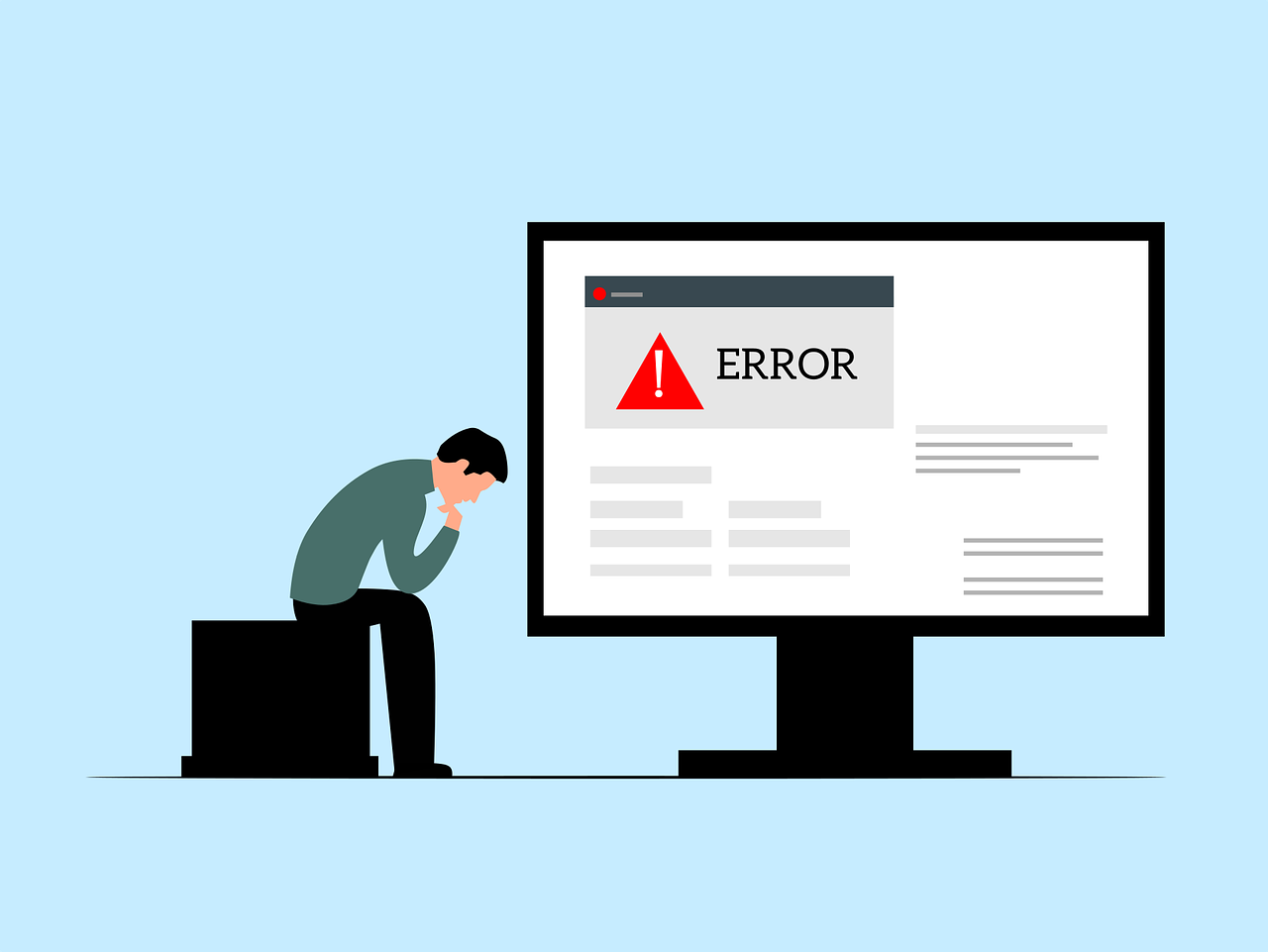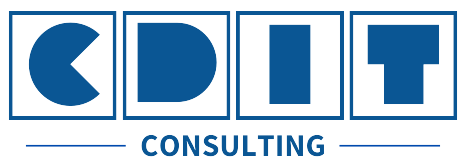Enhance your Security and Compliance with ISO27001 and SOC2
me • September 2, 2024
Enhancing Your Security and Compliance: ISO 27001 and SOC 2 Explained
In today’s digital landscape, security and compliance are no longer just technical concerns; they are business imperatives. Companies must not only protect sensitive data but also demonstrate their commitment to maintaining high standards of security and governance. Two key frameworks that have emerged as leading standards in this domain are ISO 27001 and SOC 2. Both provide robust guidelines for establishing, implementing, maintaining, and continually improving information security management systems (ISMS) and controls, but they serve different purposes and are tailored for different types of organizations.
This article will explore the nuances of ISO 27001 and SOC 2, highlight their key differences, and provide guidance on how your organization can leverage these frameworks to enhance security and achieve compliance.
ISO 27001 is an international standard for information security management systems (ISMS), developed by the International Organization for Standardization (ISO) and the International Electrotechnical Commission (IEC). It provides a systematic approach to managing sensitive company information, ensuring it remains secure. This framework covers people, processes, and IT systems by applying a risk management process.
Key Components of ISO 27001:
ISO 27001 is often seen as a holistic framework that covers a wide range of controls and processes, making it ideal for organizations of all sizes and sectors looking to establish a robust information security management system.
SOC 2, developed by the American Institute of CPAs (AICPA), is a reporting framework specifically designed for service organizations to manage and safeguard the privacy and security of data. Unlike ISO 27001, which is a management standard, SOC 2 is more about reporting on the controls related to the services provided by a company.
Key Components of SOC 2:
SOC 2 is particularly relevant for technology companies, cloud computing providers, and other organizations that handle customer data and require a report on the operational effectiveness of their internal controls.
While both ISO 27001 and SOC 2 are aimed at ensuring information security, they differ significantly in their approach, scope, and focus.
This article will explore the nuances of ISO 27001 and SOC 2, highlight their key differences, and provide guidance on how your organization can leverage these frameworks to enhance security and achieve compliance.
Understanding ISO 27001
Key Components of ISO 27001:
- Risk Assessment and Treatment: Identifying potential risks to information security and defining appropriate controls to manage or mitigate these risks.
- Information Security Policies: Establishing policies to manage the organization’s approach to security.
- Organization of Information Security: Defining roles and responsibilities for security within the organization.
- Asset Management: Managing the organization’s information assets and protecting them from threats.
- Access Control: Ensuring that access to information is controlled based on business and security requirements.
- Cryptography: Using encryption to protect information.
- Physical and Environmental Security: Protecting physical assets from threats.
- Operational Security: Managing operations and communications to ensure they are secure.
- Incident Management: Managing and responding to information security incidents.
ISO 27001 is often seen as a holistic framework that covers a wide range of controls and processes, making it ideal for organizations of all sizes and sectors looking to establish a robust information security management system.
Understanding SOC 2
Key Components of SOC 2:
- Security: Ensures the protection of data against unauthorized access.
- Availability: Ensures that the system is available for operation and use as committed or agreed.
- Processing Integrity: Ensures that system processing is complete, valid, accurate, timely, and authorized.
- Confidentiality: Ensures that information designated as confidential is protected.
- Privacy: Ensures that personal information is collected, used, retained, disclosed, and disposed of in conformity with the commitments in the organization’s privacy notice.
SOC 2 is particularly relevant for technology companies, cloud computing providers, and other organizations that handle customer data and require a report on the operational effectiveness of their internal controls.
Key Differences Between ISO 27001 and SOC 2
Benefits of Implementing ISO 27001 and SOC 2
ISO 27001 Benefits:
- Holistic Approach: ISO 27001 covers all aspects of information security, including policies, processes, and technical controls.
- Risk Management: It provides a framework for risk assessment and treatment, helping organizations proactively manage threats.
- International Recognition: Being an internationally recognized standard, ISO 27001 can enhance global market trust and confidence.
SOC 2 Benefits:
- Focus on Services: SOC 2 is specifically designed for service organizations, making it highly relevant for companies handling third-party data.
- Operational Effectiveness: It not only evaluates whether appropriate controls are in place but also assesses their operational effectiveness over time.
- Market Differentiation: A SOC 2 report can provide a competitive advantage, demonstrating a commitment to data protection and privacy.
Choosing Between ISO 27001 and SOC 2
Conclusion
At CDIT, we specialize in security and compliance consulting, guiding organizations through the complexities of ISO 27001 and SOC 2 implementation and certification. Contact us today to learn how we can help secure your digital assets and enhance your compliance posture.
By adhering to these guidelines and selecting the appropriate framework for your business, you not only safeguard your organization against risks but also build trust with your stakeholders.

By me
•
August 27, 2024
In today's digital landscape, robust IT management is crucial for businesses of all sizes. However, many organizations struggle to afford or justify a full-time, in-house IT manager. This is where Virtual IT Manager services come in, offering a flexible and cost-effective solution to meet your technology needs.

